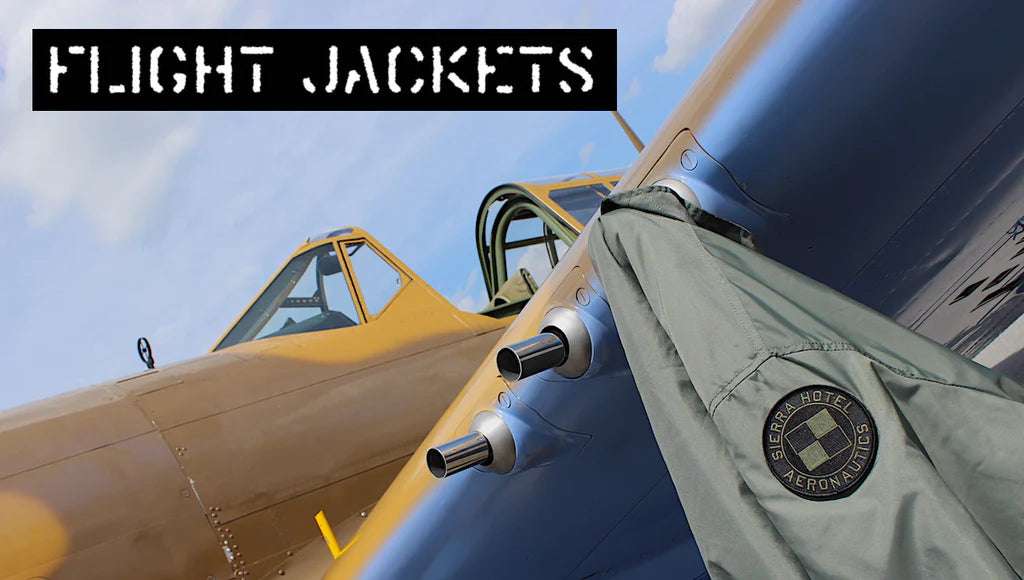Clearing the Deck

In April 1975, South Vietnamese Air Force Major Buang-Ly loaded his wife, and five children, into a two-seat Cessna O-1 Bird Dog, and took off from Con Son Island in an attempt to save his family as South Vietnam fell. Evading enemy ground fire, Major Buang headed out to sea where he spotted the carrier Midway. The Midway's crew attempted to contact the aircraft on emergency frequencies while the pilot continued to circle overhead with his landing lights turned on. When a spotter reported that there were at least four people in the two-place aircraft, all thoughts of forcing the pilot to ditch alongside were abandoned - it was unlikely the passengers of the overloaded Bird Dog could survive the ditching and safely egress before the plane sank.
After three tries, Major Buang managed to drop a note from a low pass over the deck: "Can you move the helicopter to the other side, I can land on your runway, I can fly for one hour more, we have enough time to move. Please rescue me! Major Buang, wife and 5 child."
Lawrence "Larry" Cleveland Chambers was the first African American to command a U.S. Navy aircraft carrier and the first African American graduate of the Naval Academy to reach flag rank. Chambers was in command of the USS Midway during Operation Frequent Wind.
Even though an admiral currently on board the USS Midway said the plane should be ordered to ditch in the ocean, Chambers knew that doing so would likely kill most of the people on it. Instead, he ordered that the arresting wires be removed, and any helicopters that could not be safely and quickly relocated, be pushed over the side.

To get the job done he called for volunteers, and soon every available seaman was on deck, regardless of rank or duty, to provide the manpower to get the job done.
With a 500-foot ceiling, five miles visibility, light rain, and 15 knots of surface wind, Chambers ordered the ship to make 25 knots into the wind. Warnings about the dangerous downdrafts created behind a steaming carrier were transmitted blind in both Vietnamese and English.

To make matters worse, five additional UH-1s landed and cluttered up the deck. Without hesitation, Chambers ordered them scuttled as well.

The aircraft cleared the ramp and touched down on center line at the normal touchdown point. Had he been equipped with a tailhook he could have bagged a number 3 wire. He bounced once and came to a stop abeam of the island, amid a wildly cheering, arms-waving flight deck crew.

Major Buang was escorted to the bridge where Captain Chambers congratulated him on his outstanding airmanship and his bravery in risking everything on a gamble beyond the point of no return without knowing for certain a carrier would be where he needed it. The crew of the Midway was so impressed that they established a fund to help him and his family get settled in the United States. The Bird Dog that Major Buang landed is now on display at the Naval Aviation Museum in Pensacola, FL

At the time, Chambers had only been in command of the USS Midway for four or five weeks and believed that his order would get him court-martialed. He also called Major Buang-Ly the "bravest man I have ever met in my life" and said of his decision to allow Lee to land "When a man has the courage to put his family in a plane and make a daring escape like that, you have to have the heart to let him in."













Courageous major, and courageous CO to dump helos to make room.
Amazing story,first time i hear of the event…thankyou to everyone who made it happen.
Wonderful story. It would be great to know what became of the pilot and his family.
Leave a comment